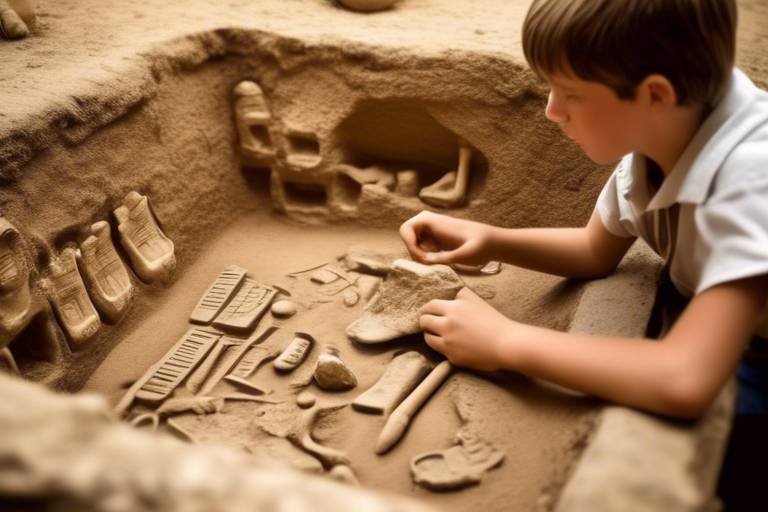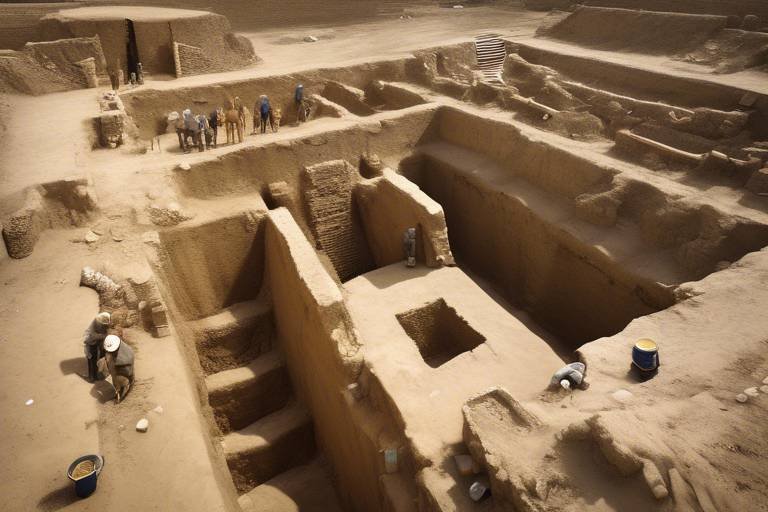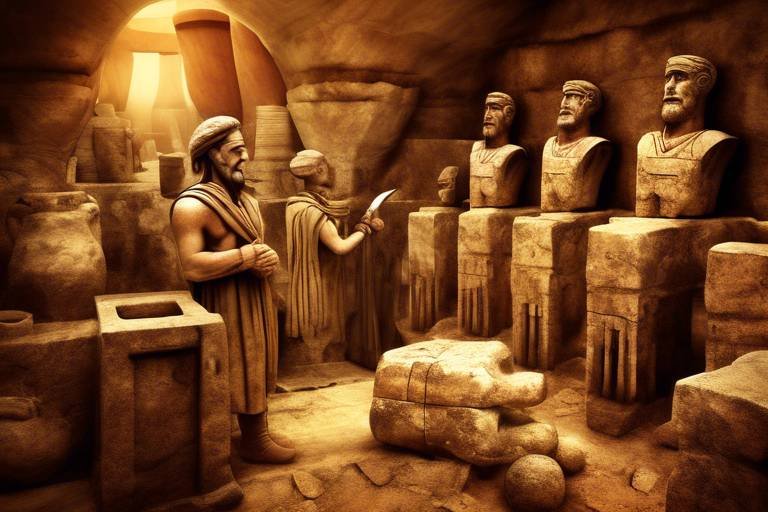Recent Advances in Underwater Archaeology
Recent Advances in Underwater Archaeology have revolutionized the way we explore and uncover submerged historical treasures, offering a glimpse into the mysteries of ancient civilizations and maritime history. By harnessing cutting-edge technologies and innovative methodologies, researchers and archaeologists are delving deep into the depths of the ocean to reveal hidden wonders.
One of the key advancements in this field is the use of Remote Sensing Techniques, which involve the deployment of sonar, magnetometers, and drones to survey and map underwater sites with precision and detail. These tools provide researchers with high-quality images and data without disturbing the delicate artifacts or the underwater environment.
Another groundbreaking innovation is 3D Imaging and Photogrammetry, which allows experts to capture intricate details of underwater structures and artifacts through high-resolution images. By creating accurate 3D models, researchers can virtually explore and preserve submerged heritage sites, offering a new perspective on underwater archaeology.
The introduction of Robotic Excavation has also transformed the way artifacts are retrieved from the seabed. Remotely operated vehicles (ROVs) and autonomous underwater vehicles (AUVs) equipped with robotic arms and tools enable precise and careful excavation, ensuring the preservation of valuable historical objects.
However, along with these advancements come Conservation Challenges unique to underwater archaeology. Issues such as corrosion, biofouling, and changes in water chemistry pose threats to the preservation of artifacts, requiring specialized conservation techniques and facilities to safeguard these historical treasures.
Furthermore, the field of underwater archaeology is not immune to the impacts of Climate Change. Rising sea levels, ocean acidification, and extreme weather events are putting underwater archaeological sites at risk, underscoring the importance of documenting and protecting these vulnerable heritage resources for future generations.
One crucial aspect of modern underwater archaeology is Collaboration with Indigenous Communities. By engaging with local communities and incorporating traditional knowledge into research practices, archaeologists can foster mutual respect and understanding of cultural heritage, enriching the exploration of underwater sites.
As researchers navigate these challenges, they must also consider Legal and Ethical Considerations in their work. Adhering to international maritime laws, cultural heritage conventions, and ethical guidelines is essential to ensure responsible and sustainable practices in underwater archaeology, striking a balance between scientific exploration and the preservation of heritage sites.
Moreover, efforts to promote Public Engagement and Education play a vital role in raising awareness about underwater archaeology. Through exhibitions, documentaries, and outreach programs, the public is inspired to appreciate maritime history and recognize the significance of preserving our underwater cultural heritage for future generations.
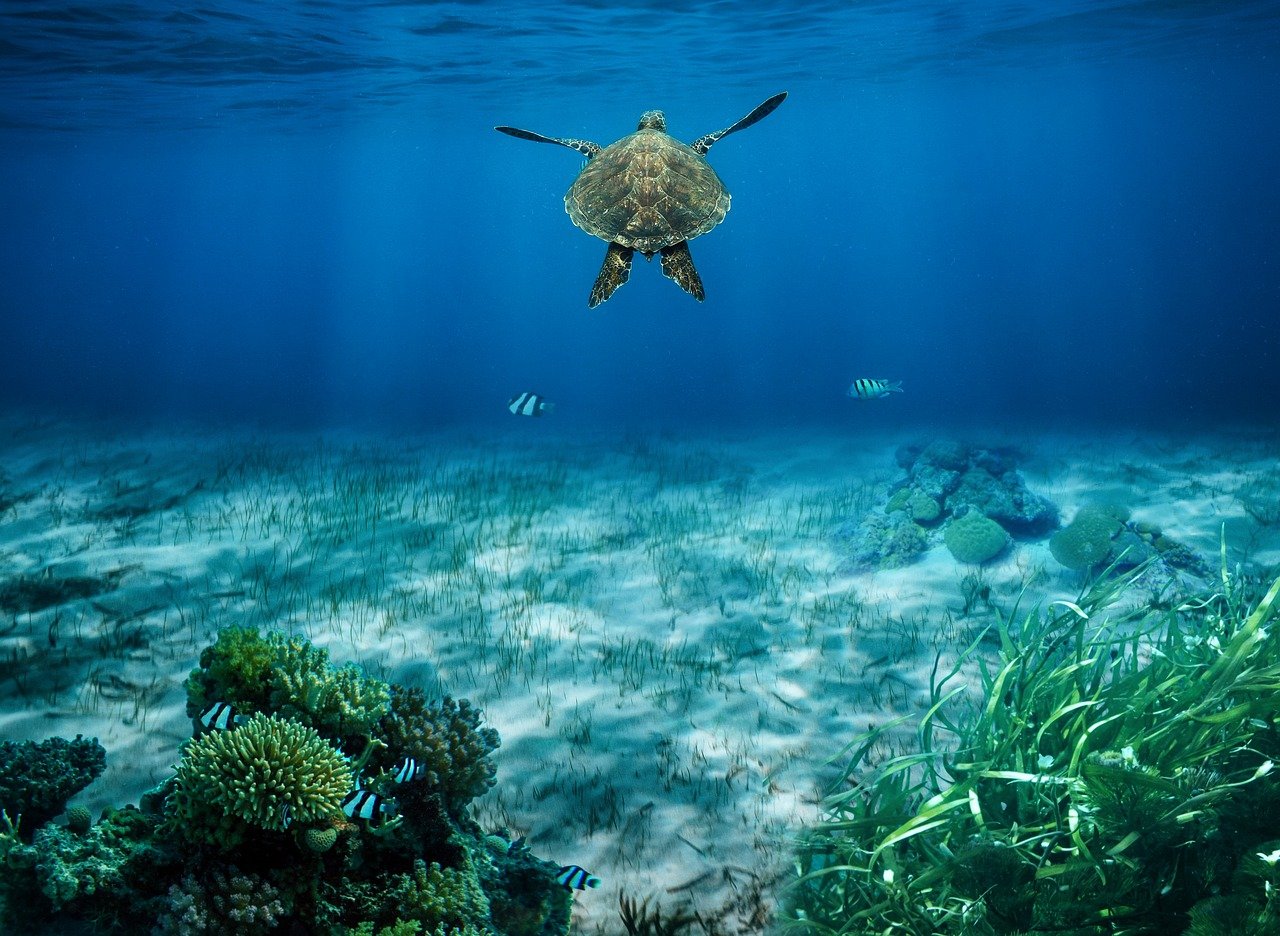
Remote Sensing Techniques
Exploring the latest technologies and methodologies used in underwater archaeology to uncover and preserve submerged historical sites, artifacts, and shipwrecks, shedding light on ancient civilizations and maritime history.
Utilizing advanced remote sensing technologies is crucial in the field of underwater archaeology. Sonar, magnetometers, and drones play a pivotal role in surveying and mapping underwater sites with precision and detail. These tools provide researchers with detailed images and data without physically disturbing the artifacts or the delicate underwater environment.
Imagine sending out sound waves into the depths of the ocean and receiving back detailed images of ancient shipwrecks and lost cities without even touching them. This is the power of sonar and magnetometers in uncovering hidden treasures beneath the waves.
In addition, drones equipped with high-resolution cameras can capture stunning aerial views of underwater sites, allowing archaeologists to create comprehensive maps and visual records of submerged heritage sites. This technology revolutionizes the way we explore and document underwater history, offering a non-invasive and efficient approach to underwater archaeology.
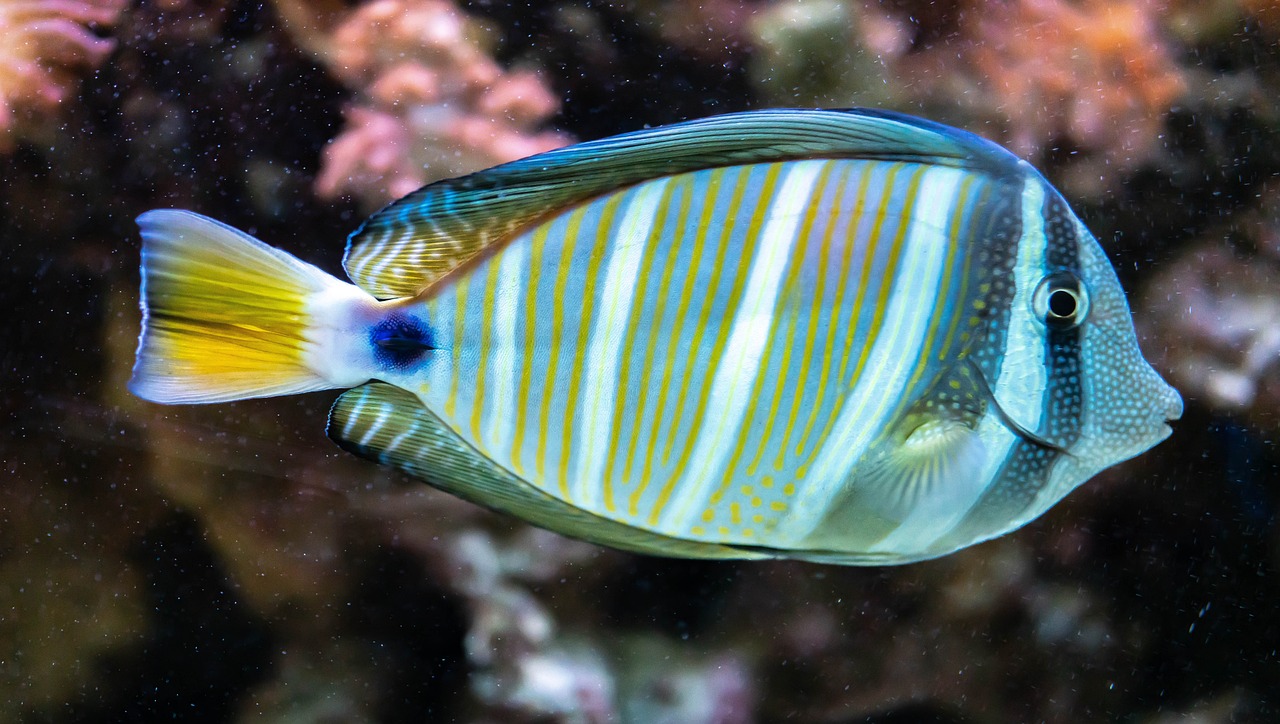
3D Imaging and Photogrammetry
Exploring the latest technologies and methodologies used in underwater archaeology to uncover and preserve submerged historical sites, artifacts, and shipwrecks, shedding light on ancient civilizations and maritime history.
When it comes to capturing the intricate details of underwater structures and artifacts, 3D imaging and photogrammetry play a crucial role. By utilizing high-resolution images and advanced software, archaeologists can create accurate 3D models that allow for virtual exploration and preservation of submerged heritage sites. Imagine being able to virtually walk through a sunken city or examine a shipwreck from every angle, all without disturbing the delicate underwater environment.
These 3D models not only provide researchers with a deeper understanding of the artifacts but also offer the public a unique and immersive way to experience underwater archaeology. Through the lens of photogrammetry, ancient treasures come to life in stunning detail, offering a glimpse into the past that was once unimaginable.
Moreover, the use of 3D imaging and photogrammetry enables archaeologists to document and analyze underwater sites with unprecedented accuracy. Every crack, every inscription, every detail is preserved digitally, ensuring that even the most delicate artifacts can be studied and shared with future generations. It's like creating a digital time capsule that captures the essence of these submerged wonders for eternity.
By combining cutting-edge technology with the art of preservation, 3D imaging and photogrammetry open up a world of possibilities for underwater archaeology. The ability to reconstruct lost civilizations and unravel maritime mysteries in such vivid detail is a testament to human ingenuity and our relentless pursuit of knowledge beneath the waves.
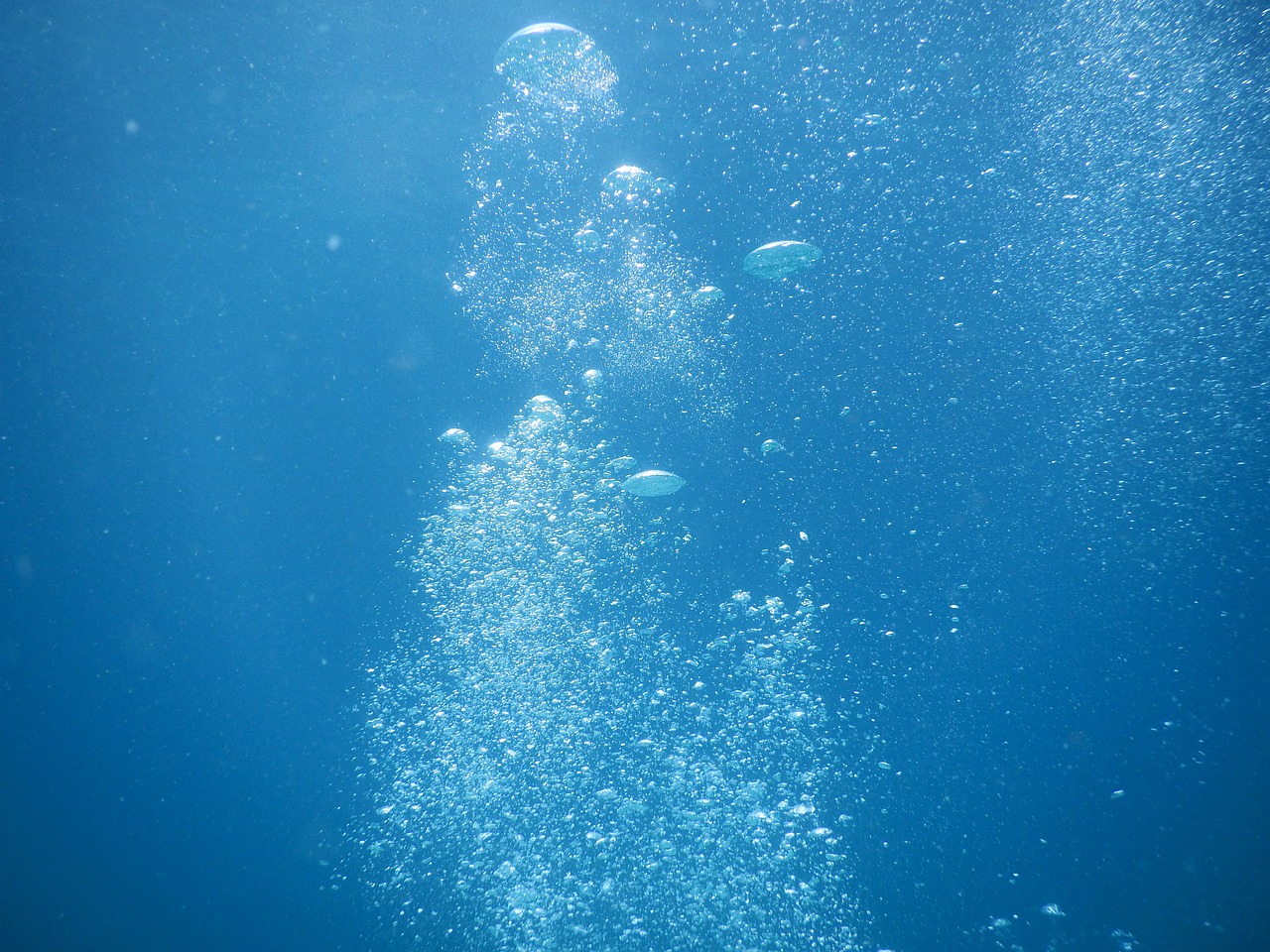
Robotic Excavation
Robotic excavation revolutionizes the field of underwater archaeology by introducing advanced technology to delicately retrieve artifacts from the seabed. Remotely operated vehicles (ROVs) and autonomous underwater vehicles (AUVs) equipped with robotic arms and tools allow archaeologists to excavate with precision and care, minimizing disturbance to the delicate underwater environment. These robotic systems can navigate challenging underwater terrain, reaching depths that would be difficult or dangerous for human divers. By utilizing robotic excavation, archaeologists can explore and document submerged sites in ways that were previously impossible.

Conservation Challenges
Conservation challenges in underwater archaeology present a unique set of obstacles that require specialized knowledge and techniques to overcome. One of the primary concerns is the preservation of artifacts once they are brought to the surface. Due to their long-term submersion, these artifacts are often fragile and prone to rapid deterioration when exposed to the air. Conservation experts must carefully monitor and treat each artifact to prevent irreversible damage.
Another significant challenge is the presence of marine organisms on submerged artifacts, a process known as biofouling. These organisms can attach themselves to the artifacts, causing physical and chemical changes that can harm the integrity of the objects. Conservationists employ various methods to remove these organisms safely without causing harm to the artifacts.
Corrosion is a major threat to underwater artifacts, especially those made of metals. The constant exposure to saltwater and oxygen can lead to rapid deterioration of metal objects. Conservationists use specialized techniques such as electrolysis and chemical baths to stabilize and protect these artifacts from further corrosion.
Changes in water chemistry can also affect the preservation of underwater archaeological sites. Factors such as pH levels, salinity, and temperature fluctuations can impact the condition of artifacts and structures. Conservationists must closely monitor these environmental variables and take appropriate measures to mitigate any adverse effects.
Furthermore, the transportation and storage of recovered artifacts pose additional challenges. Proper packaging and handling techniques are essential to ensure the safety and integrity of the artifacts during transit. Conservation facilities equipped with controlled environments and state-of-the-art preservation methods play a crucial role in safeguarding these valuable historical objects.
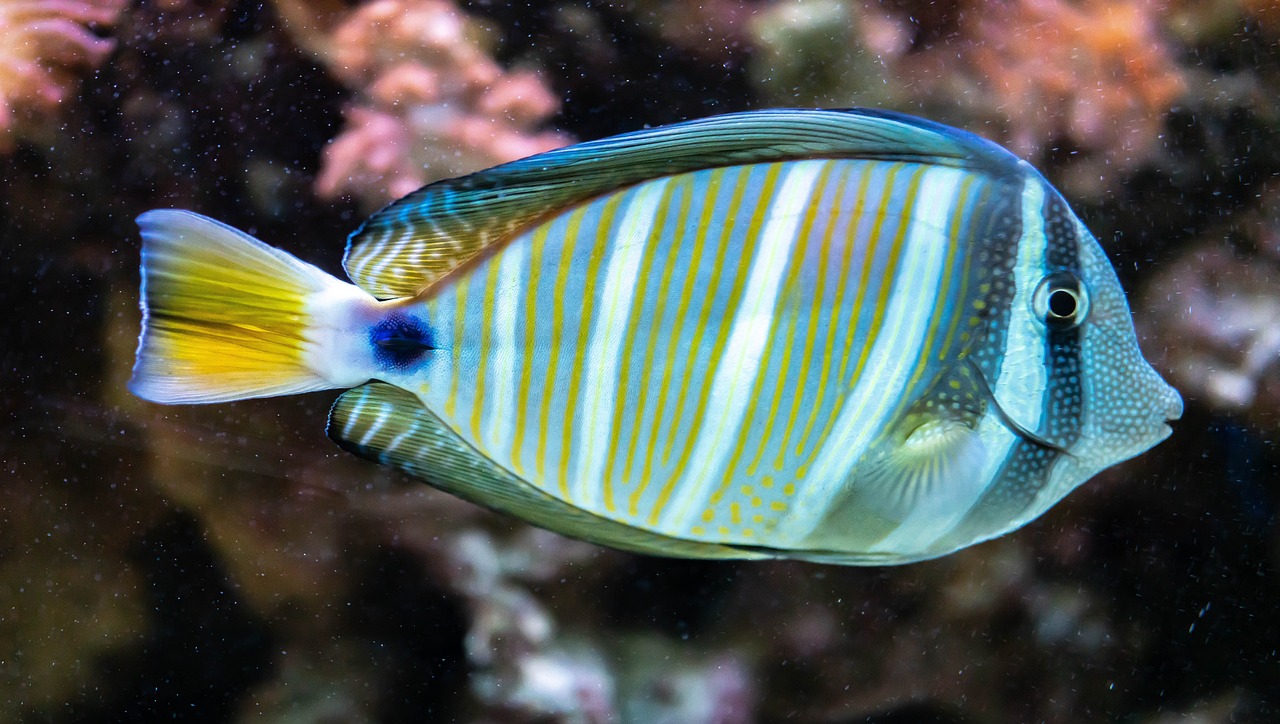
Climate Change Impacts
Exploring the latest technologies and methodologies used in underwater archaeology to uncover and preserve submerged historical sites, artifacts, and shipwrecks, shedding light on ancient civilizations and maritime history.
Climate change is a pressing issue that is significantly impacting underwater archaeological sites worldwide. The rise in sea levels due to melting ice caps and glaciers poses a serious threat to these submerged heritage resources. As waters encroach upon coastal areas, many archaeological sites are at risk of being lost forever, erasing valuable insights into our past.
Moreover, ocean acidification, a result of increased carbon dioxide absorption by the oceans, can accelerate the deterioration of underwater artifacts. The changing chemistry of the water can lead to the corrosion of metal objects and the degradation of organic materials, jeopardizing the preservation of historical items.
Extreme weather events, fueled by climate change, also pose a danger to underwater archaeological sites. Storm surges, hurricanes, and intense rainfall can cause rapid erosion and damage to delicate underwater structures, exposing artifacts to potential destruction.
It is crucial for underwater archaeologists to document and monitor these sites closely to assess the impact of climate change and implement strategies to mitigate its effects. By understanding how environmental changes are affecting underwater heritage, researchers can develop conservation plans to safeguard these invaluable historical treasures for future generations.
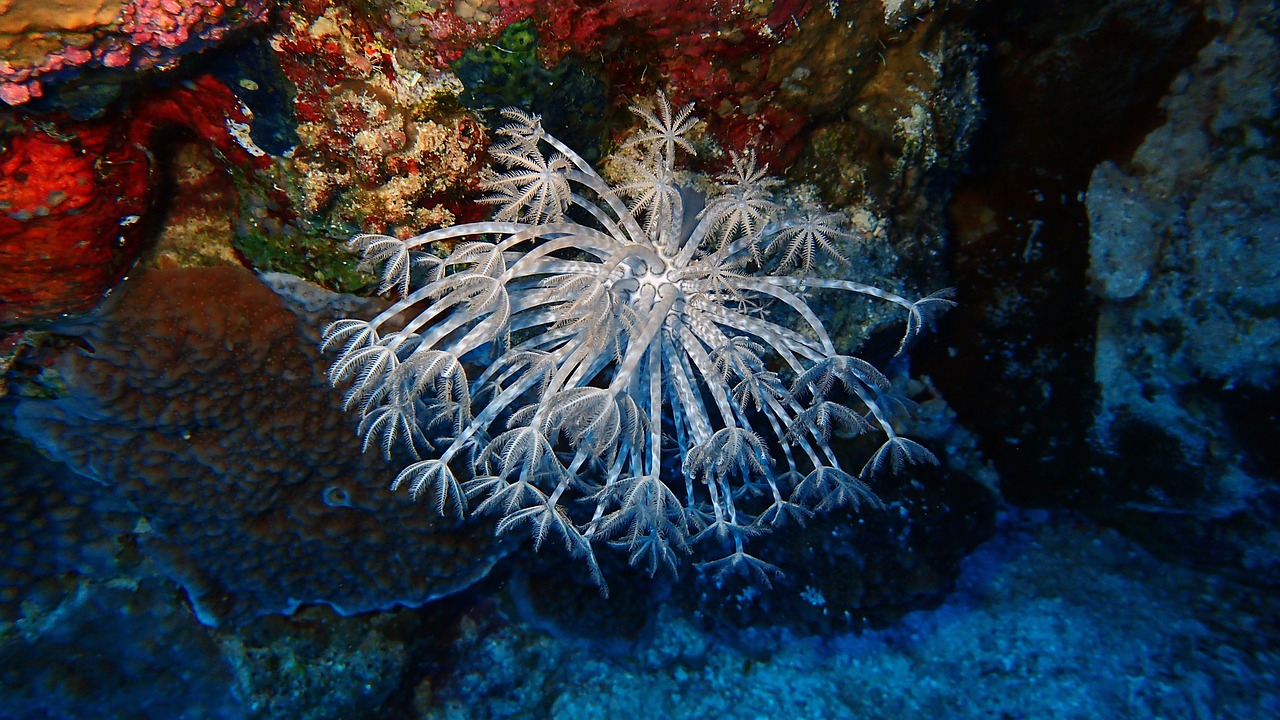
Collaboration with Indigenous Communities
Exploring the latest technologies and methodologies used in underwater archaeology to uncover and preserve submerged historical sites, artifacts, and shipwrecks, shedding light on ancient civilizations and maritime history.
Collaborating with indigenous communities is a vital aspect of underwater archaeology, as it allows for the integration of traditional knowledge and perspectives into research efforts. By engaging with local tribes and indigenous groups, archaeologists can gain valuable insights into the cultural significance of underwater sites and artifacts. This collaboration fosters mutual respect and understanding, ensuring that heritage resources are treated with the reverence they deserve.
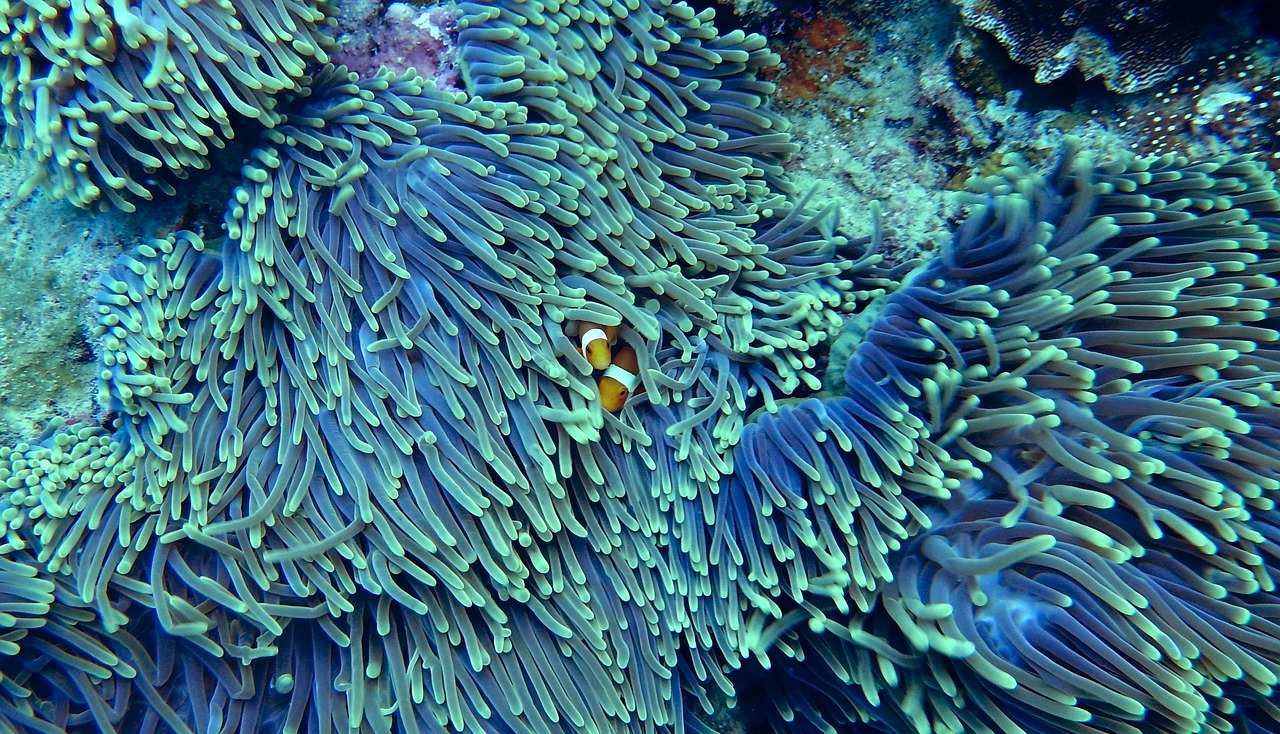
Legal and Ethical Considerations
When delving into the realm of underwater archaeology, it is imperative to navigate a complex web of legal and ethical considerations. As researchers and explorers uncover the mysteries hidden beneath the waves, they must adhere to international maritime laws, cultural heritage conventions, and ethical guidelines to ensure that their practices are responsible and sustainable.
One of the primary challenges in underwater archaeology is striking a delicate balance between scientific exploration and respect for heritage and human remains. As artifacts are brought to the surface and historical sites are uncovered, it is crucial to treat these discoveries with the reverence they deserve, acknowledging their cultural significance and historical value.
Moreover, the question of ownership and rights to underwater cultural heritage often arises, especially in cases where valuable artifacts are recovered from the seabed. Establishing clear protocols for the repatriation of artifacts and collaboration with local communities is essential to fostering positive relationships and upholding ethical standards.
Additionally, ethical considerations extend to the preservation and protection of underwater archaeological sites. Ensuring that these sites are safeguarded from looting, vandalism, and environmental degradation is vital to maintaining the integrity of our shared cultural heritage for future generations.
By engaging in transparent and collaborative practices, the field of underwater archaeology can uphold the highest ethical standards while advancing our understanding of the past. Through respectful engagement with indigenous communities, adherence to legal frameworks, and a commitment to ethical stewardship, researchers can uncover the secrets of the deep in a manner that honors the past and respects the present.

Public Engagement and Education
Public engagement and education play a crucial role in raising awareness and fostering appreciation for underwater archaeology. By bringing the fascinating world of submerged historical sites and artifacts to the public eye, we can inspire interest in maritime history and emphasize the importance of preserving our underwater cultural heritage.
One effective way to engage the public is through interactive exhibitions that showcase the discoveries and research findings from underwater archaeological expeditions. These exhibitions can feature detailed 3D models, artifacts, and multimedia presentations that transport visitors to the depths of the sea, allowing them to virtually explore ancient shipwrecks and underwater structures.
Documentaries and films also serve as powerful tools for educating the public about the significance of underwater archaeology. Through captivating storytelling and visual narratives, documentaries can bring to life the challenges and triumphs of uncovering hidden treasures beneath the waves, capturing the imagination of viewers and sparking curiosity about our maritime past.
Outreach programs and workshops provide opportunities for hands-on learning and direct engagement with underwater archaeological techniques. By involving the community in activities such as artifact conservation workshops, underwater mapping demonstrations, and virtual reality experiences, we can create immersive learning experiences that deepen public understanding and appreciation for this specialized field.
Moreover, partnerships with schools, universities, and cultural institutions offer valuable platforms for sharing knowledge and promoting the study of underwater archaeology. Collaborative projects, guest lectures, and educational resources tailored to different age groups can inspire the next generation of archaeologists and conservationists, nurturing a passion for exploring and safeguarding our underwater heritage.
Frequently Asked Questions
- What is underwater archaeology?
Underwater archaeology is the study of submerged historical sites, artifacts, and shipwrecks to learn about past civilizations and maritime history.
- How are remote sensing techniques used in underwater archaeology?
Remote sensing techniques in underwater archaeology involve using sonar, magnetometers, and drones to survey and map underwater sites without physically disturbing the artifacts or environment, providing detailed images and data.
- What is robotic excavation in underwater archaeology?
Robotic excavation in underwater archaeology utilizes remotely operated vehicles (ROVs) and autonomous underwater vehicles (AUVs) equipped with robotic arms and tools to excavate and retrieve artifacts from the seabed with precision and care.
- How do conservation challenges impact underwater artifacts?
Conservation challenges in underwater archaeology include addressing issues like corrosion, biofouling, and changes in water chemistry through specialized conservation techniques and facilities to preserve artifacts.
- Why is collaboration with indigenous communities important in underwater archaeology?
Collaboration with indigenous communities in underwater archaeology helps incorporate traditional knowledge and perspectives into research, fostering mutual respect and understanding of cultural heritage.
- What are the legal and ethical considerations in underwater archaeology?
Legal and ethical considerations in underwater archaeology involve navigating maritime laws, cultural heritage conventions, and ethical guidelines to ensure responsible and sustainable practices while respecting heritage and human remains.
- How can the public engage with underwater archaeology?
The public can engage with underwater archaeology through exhibitions, documentaries, and outreach programs that promote awareness and appreciation of maritime history and the importance of preserving underwater cultural heritage.









